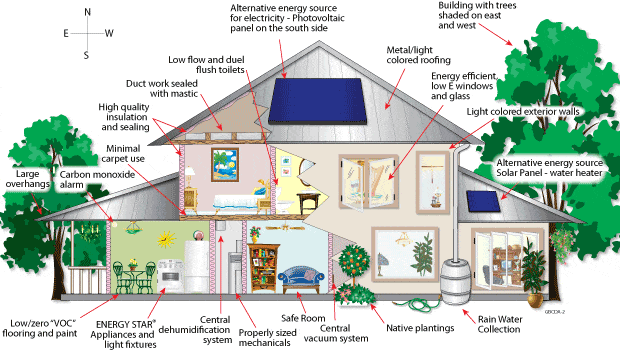GREEN BUILDING

Green Building Green Building does not refer to building which are green in colour or have been constructed with green parks around. It refers to a conscious practice of addressing the issue of resource conservation in an integrated and scientific manner. By definition, a green building is one which uses less water, optimizes energy efficiency, conserves natural resources, generates less waste and provides healthier spaces for occupants, as compared to a conventional building. Modern-day building have a tendency to use designs and materials which are resource-intensive and are quite often operate in isolation with the nature. Such buildings are very poor in energy efficiency and generate a lot of waste, adding to faster depletion of natural resources. Thus, building are seen today as one of the major pollutants to affect urban air quality and contribute to climate change. GREEN BUILDING A green building depletes very little of the natural resources during its construction a

